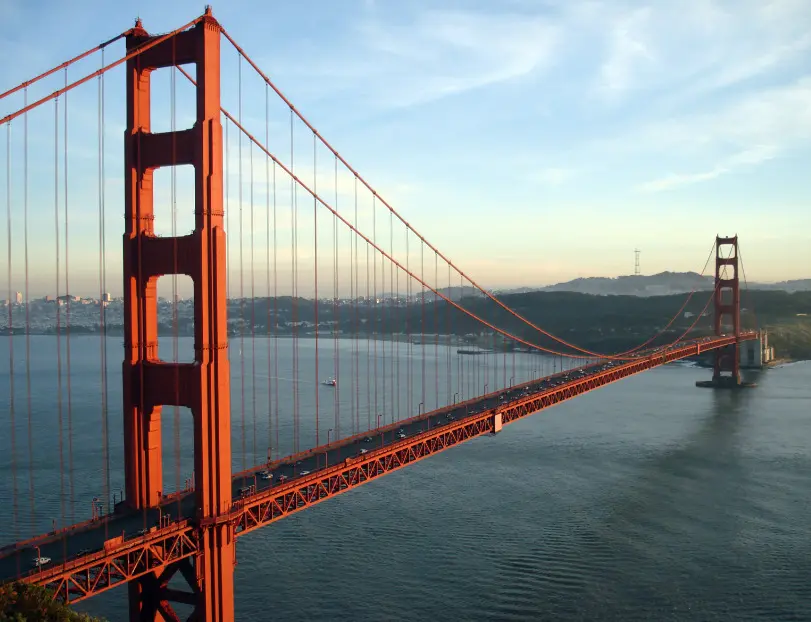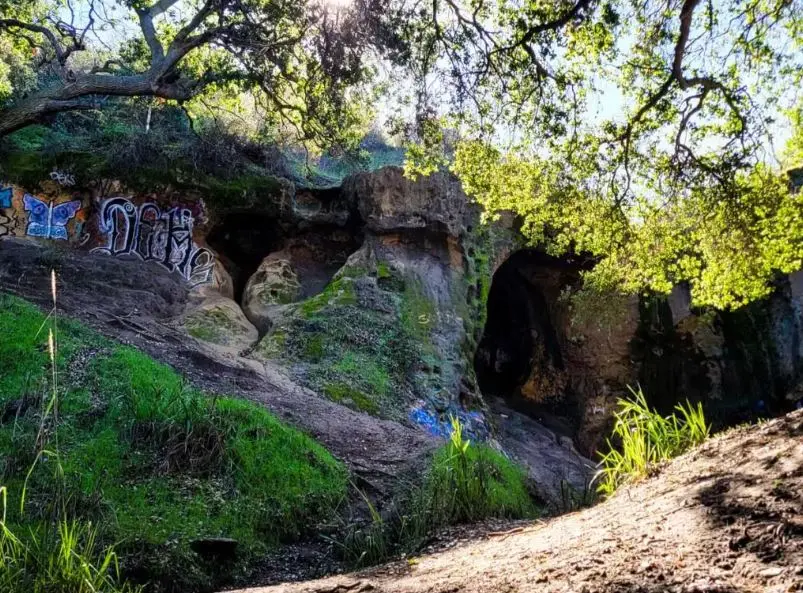Exploring the Iconic Golden Gate Bridge in San Francisco: A Comprehensive Guide

Spanning the Golden Gate Strait, an entrance to the Pacific Ocean from the San Francisco Bay, stands an iconic symbol of architectural brilliance and resilience: The Golden Gate Bridge.
This marvel of modern engineering, painted in a unique shade of 'International Orange,' has been proudly adorning the picturesque cityscape since its completion in 1937.
Recognized as one of the Seven Wonders of the Modern World by the American Society of Civil Engineers, this suspension bridge – with its towering pillars and expansive cable network – narrates a fascinating tale of human tenacity, innovative design and meticulous execution.
This comprehensive guide endeavors to offer an exploration into not only the magnificent aesthetics that make Golden Gate Bridge a photographer's paradise but also delve deep into its rich historical tapestry.
From unveiling intriguing stories behind its construction to identifying prime spots for capturing stunning images and breathtaking views, this guide seeks to engage readers on multiple levels.
It is hoped that readers will develop a profound appreciation for this remarkable landmark that is deeply interwoven with San Francisco's identity while feeling a sense of belonging to this vibrant community sharing collective admiration for their beloved bridge.
Unveiling the History of the Architectural Marvel
Delving into the historical narrative of this architectural wonder, it is essential to appreciate that the Golden Gate Bridge, despite initial public skepticism about its feasibility, stands today as an enduring symbol of human ingenuity and resilience.
The bridge's construction commenced in 1933 under the supervision of chief engineer Joseph Strauss, who had first proposed his innovative design nearly a decade earlier. Critics doubted whether a suspension bridge could be constructed on such an unprecedented scale and withstand the powerful forces at play in the strait—strong tides, dense fog, and frequent earthquakes. However, with exceptional engineering precision combined with novel techniques such as spinning cables on-site and using safety netting for workers' protection—a concept hitherto not implemented—Strauss successfully navigated these challenges.
The completion of the Golden Gate Bridge in May 1937 marked a pivotal moment in American architectural history. Not only did it become an emblematic structure visually defining San Francisco but also set new standards for bridge engineering across the globe.
Its unique orange-red color was chosen specifically to harmonize with its surroundings while enhancing visibility amidst often harsh weather conditions; this thoughtfulness towards aesthetic integration reflects a profound understanding of design's role in fostering connections between people and their environments.
Thus, through its dynamic amalgamation of utility and beauty—an embodiment of both technical prowess and artistic sensibility—the Golden Gate Bridge continues to inspire awe among millions worldwide by offering them a sense of shared heritage and communal identity that transcends geographical boundaries.
Best Spots to Admire the Majestic Landmark
One must not miss the opportunity to witness this majestic landmark from various vantage points that offer unparalleled views and unique perspectives.
The Golden Gate Bridge, a marvel of architecture and engineering, presents a different spectacle from each viewpoint, reflecting an astounding interplay of light, color, and structure. From bustling cityscapes to serene natural parks, every perspective offers a unique narrative about San Francisco's iconic symbol.
Battery Spencer: Perched high on the Marin Headlands, Battery Spencer is one of the most popular spots for panoramic views of the Golden Gate Bridge. Here are some insights:
– It showcases an impressive view where the bridge dramatically spans across the bay against the backdrop of downtown skyscrapers.
– This historic site was once a military installation that protected San Francisco's harbor from naval invasion; its past adds another layer to your perception as you gaze at the modern span.
Crissy Field: A part of Golden Gate National Recreation Area in Presidio Park offering magnificent sights. Consider these details when visiting:
– With its flat paths winding along marshes and beaches with unobstructed views of the bridge, it provides a perfect location for leisurely strolls or bike rides.
– Its proximity to wildlife habitats allows visitors to enjoy bird watching while marveling at stunning vistas.
As spectators indulge in these captivating sceneries adorned by nature's beauty with human-made wonder as their focal point, they become a part of San Francisco's vibrant story woven around its beloved monument. Each viewpoint fosters a sense of belonging among viewers as shared admiration bridges gaps between cultures and backgrounds contributing towards creating collective memories around this architectural gem.
CATEGORIES























